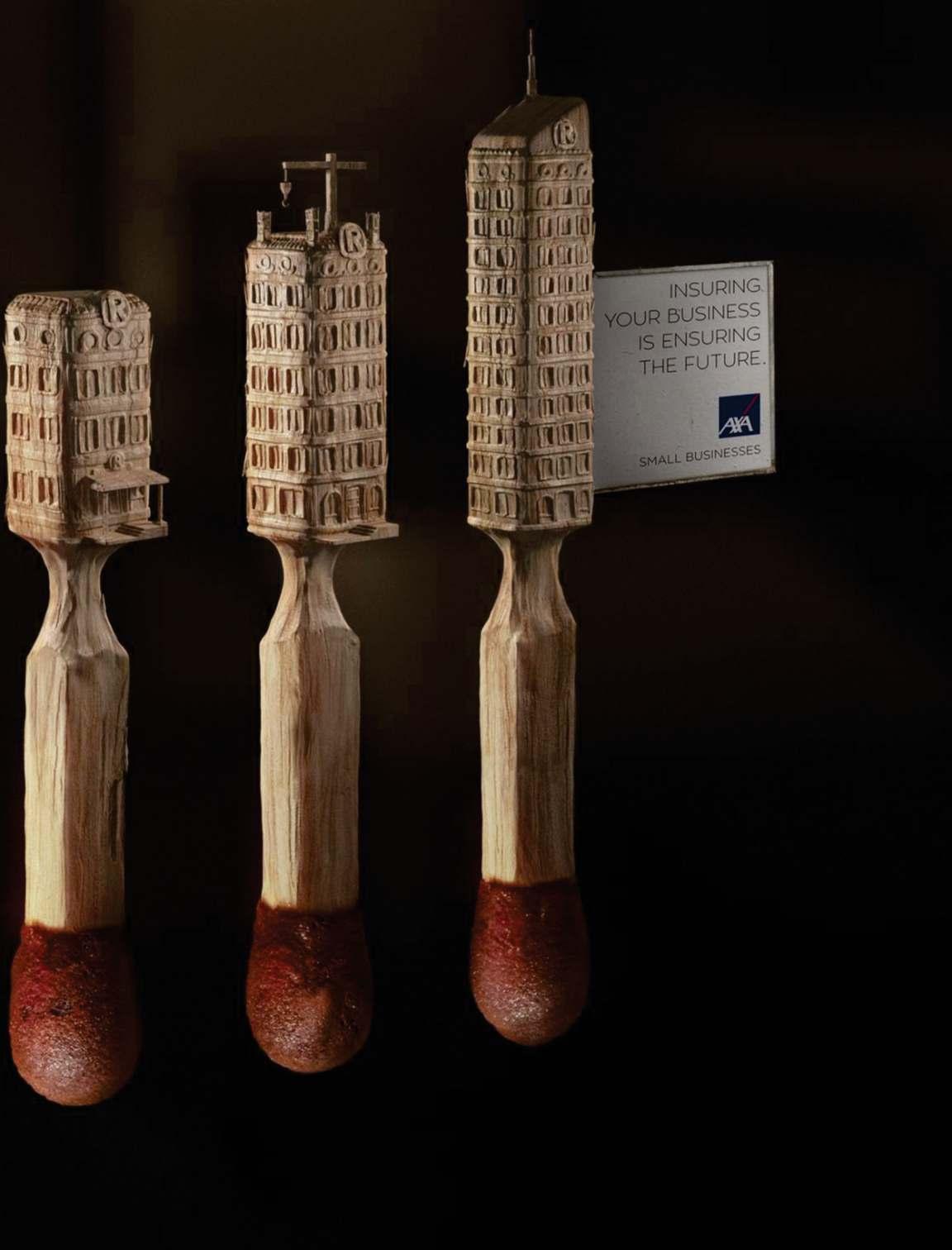















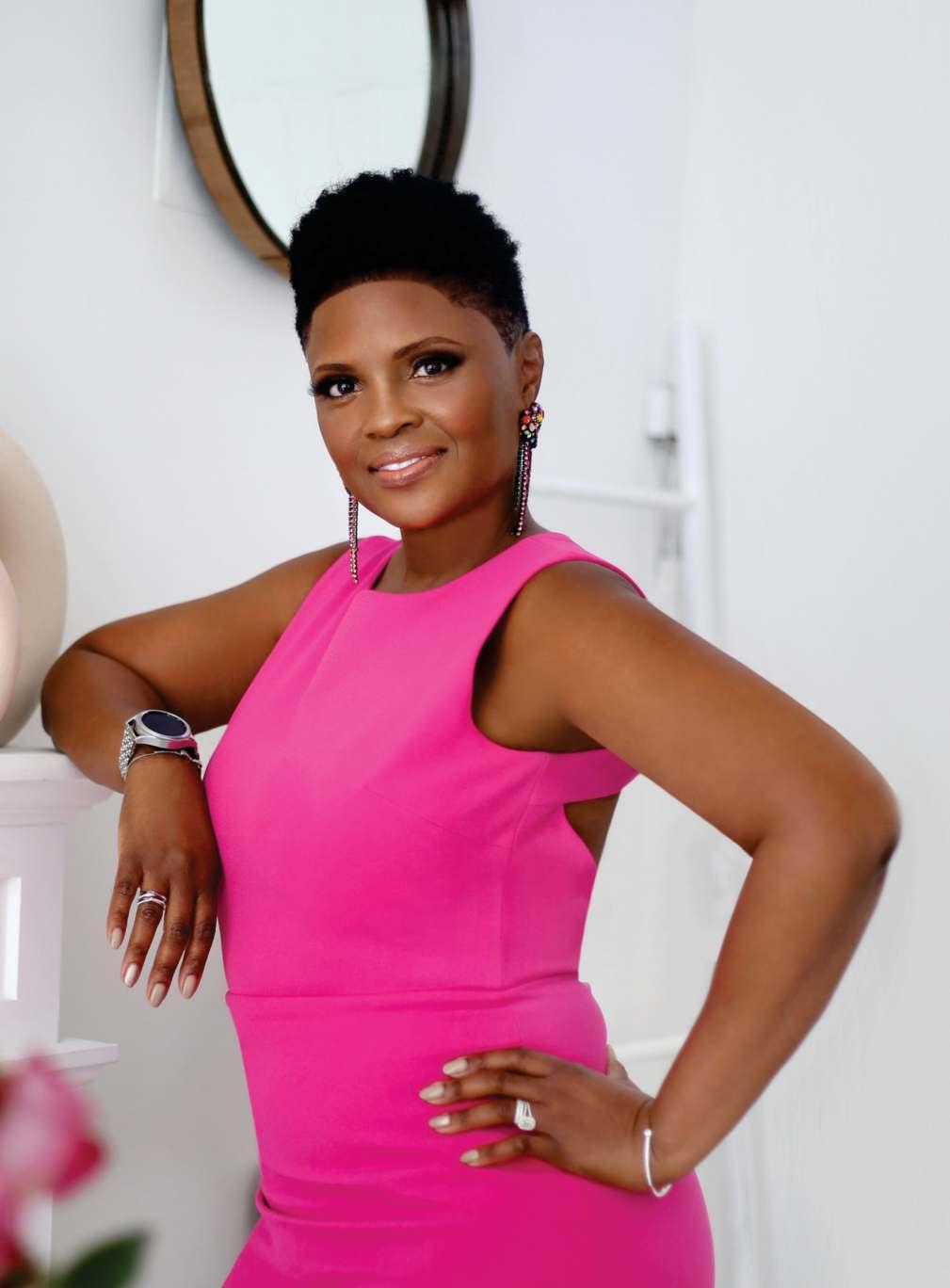


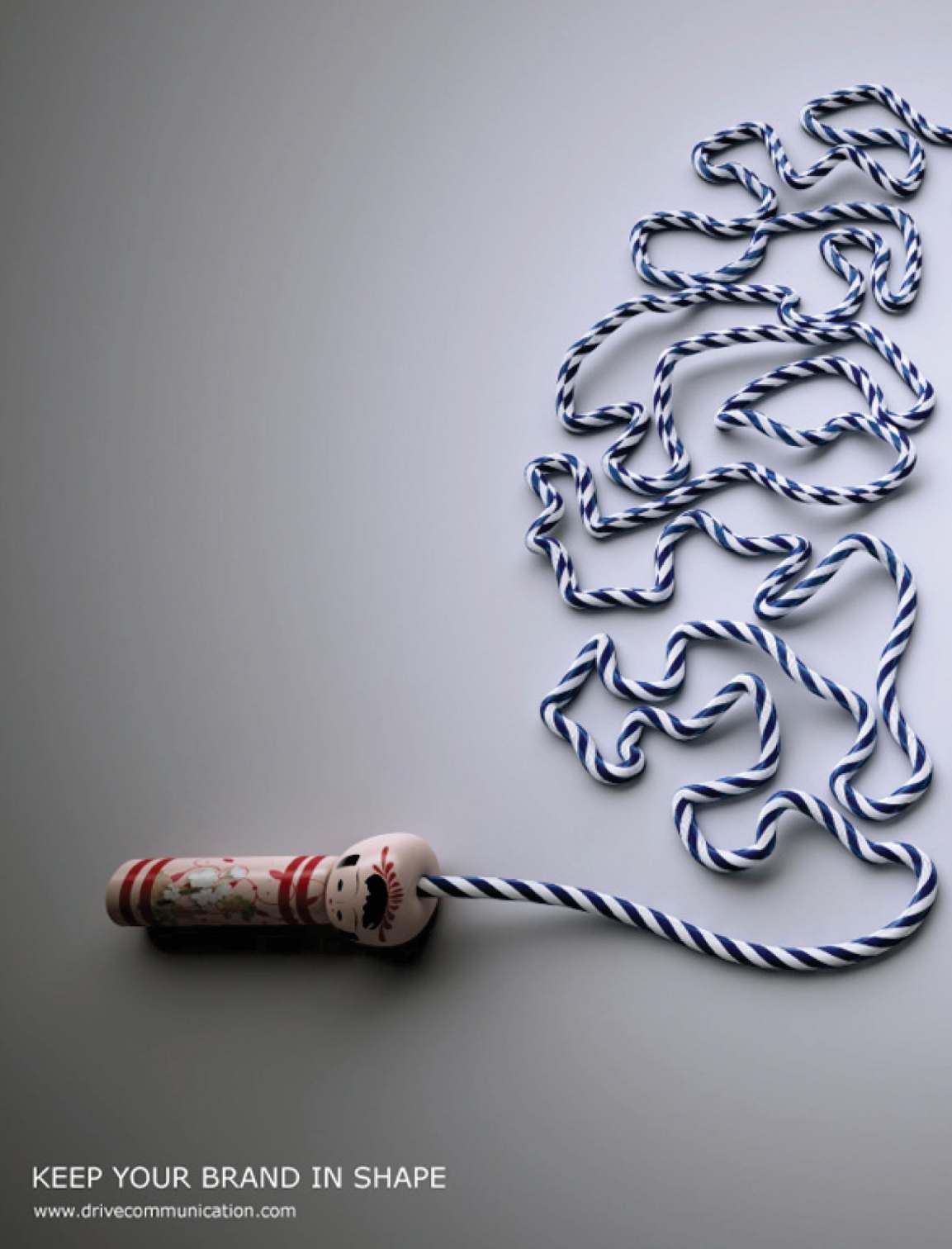
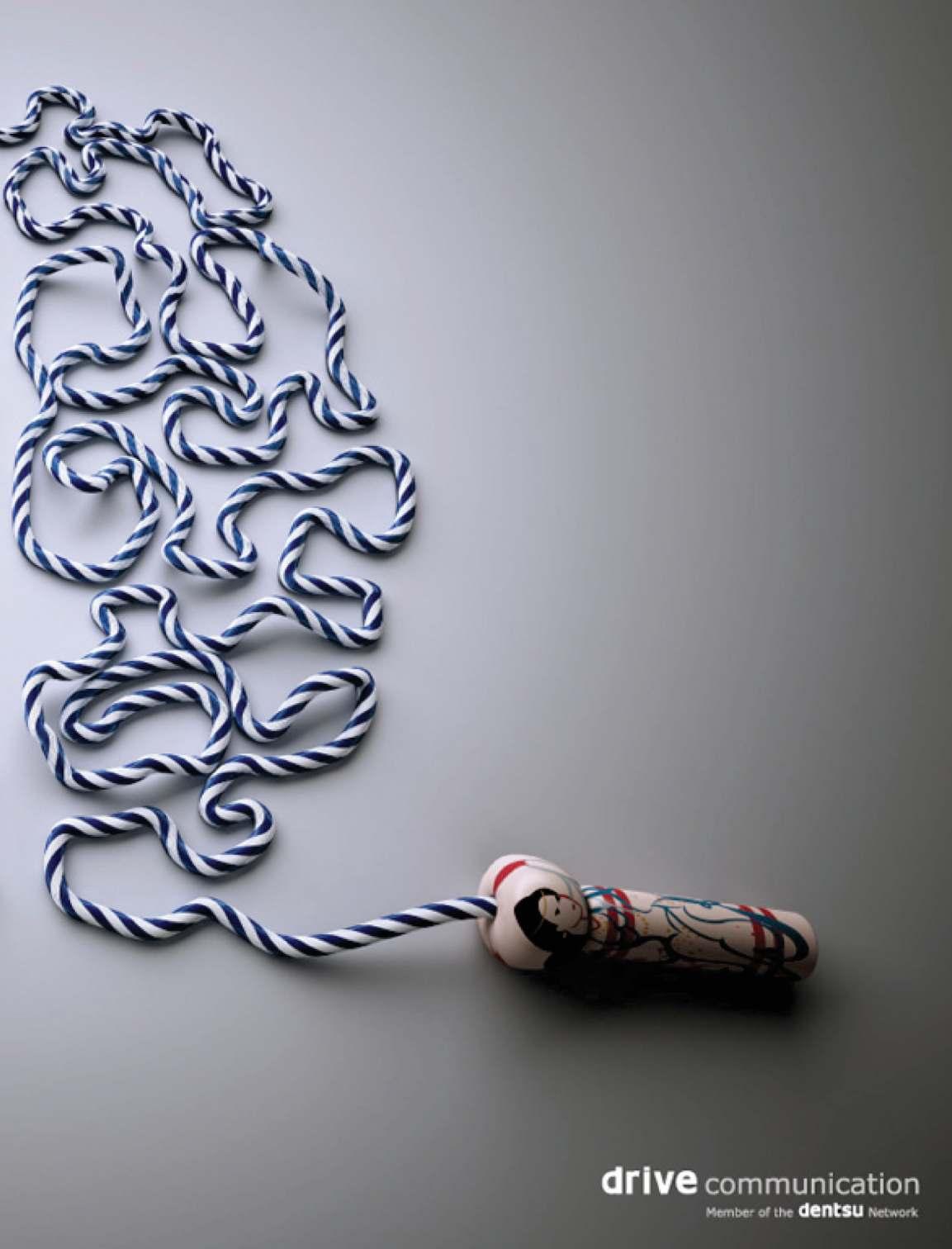
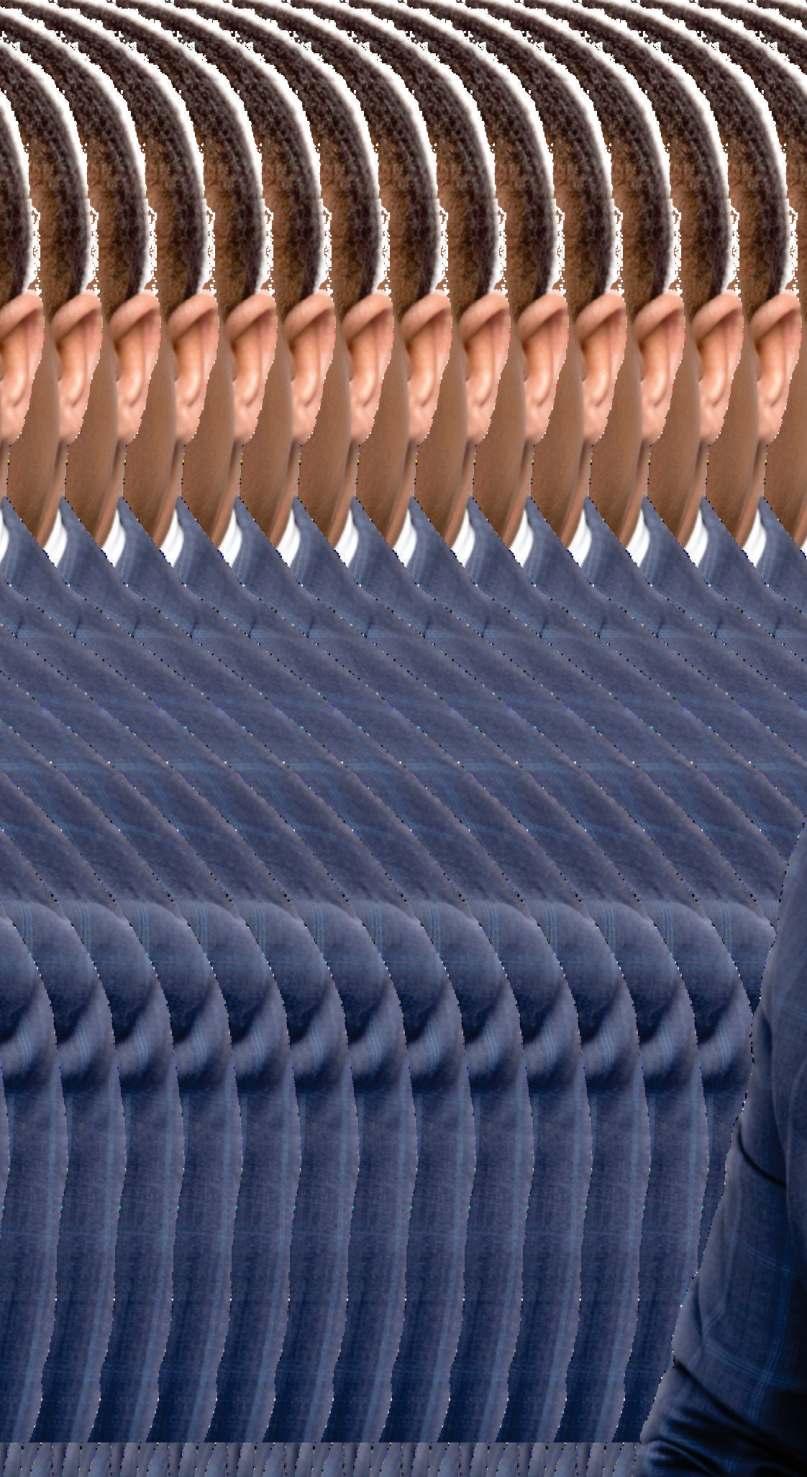 Dr. Michael C. Threatt Principal & CEO | Elevate Housing Solutions
Dr. Michael C. Threatt Principal & CEO | Elevate Housing Solutions






Atransformational leader is someone who exempli�ies a tireless commitment to being a positive example of change. They are proactive and address resistance, especially to the status quo.

As a transformational leader himself, Dr. Michael C. Threatt, has a unique and upbeat perspective. He is the Principal & CEO of Elevate Housing Solutions, LLC, and Senior Vice President & COO at Dothan Housing (DH). Additionally, Michael is a speaker, podcaster, author, real estate investor, coach, affordable housing professiona consultant, and licensed REALTOR® with Community 1 Real Estate in Dothan, AL.
As a thought leader, Dr. Threatt navigates through adversitie looking approach. He shares, “My thought process has been to �ind to a problem and capitalize on it as an entrepreneur.” Simulta constantly looks for different ways to manage innovation and cr it a large-scale change in direction, structure, or major invest technology.
Most recently, the COVID-19 pandemic challenged him to create a different platform for sustainability by “thinking outside of the box,” which was done through his digital transformation initiative. Whereas, he answered the challenge of evolution through transformational leadership and acknowledged the paradigm shift of public housing authorities (PHAs) doing more with less, moving from paper to the cloud, and streamlining their operations through technology by embracing an online platform for Dothan Housing (DH).
He also believes that to be truly transformational, every leader must adopt new processes and technologies where organizational success is obtained through innovation. “As a Next Generation Transformational Leader, I have incorporated this into my leadership style and articulated my vision to my staff throughout the organization by leading by example,” he mentions.
For Michael, creating a career in real estate investing wasn't a �luke. It had been a long, winding, ongoing passion; some would say it was fate. In fact, his father, Conrad Elwood Threatt, played an integral role to nurture his interest in real estate investing.
“He was a former Marine and construction worker in the Bronx, New York.” As a child, he was particularly proud of his dad when he helped build the World Trade Center. “I was fascinated by his job's impact and the change it made,” he recalls fondly.
As his father grew his craft, Michael fell deeper in love with real estate development and construction. “I often would put on his suits to conduct my own imaginary business meetings. Sometimes, I even walked around in his heavy steel-toe boots while playing with my toy Tonka Trucks,” he reminisces.
Interestingly enough, Michael's mother, Jacqueline Spencer Threatt, also helped shape his childhood in many ways. As a nurse for over forty years, she was inspired to serve others in a positively
expressing my love for real estate and service to others,” he adds.
Eventually, starting his life in the Bronx, New York City, motivated him to be the ultimate hustler and made him hungrier to pursue his dreams.
As the Senior Vice President & COO at DH, Dr. Threatt is responsible for essential tasks, including day-to-
impactful manner.
“She was that soft yet bright light that never dimmed in my heart. Her love for people taught me the value of compassion and empathy.” She reminded him to treat people how he wanted to be treated and put himself in their shoes before making a judgment.
A wave of nostalgia sweeps over him when he speaks about his parents. He feels grateful that his parents' in�luence helped fuel his passion and undeniable love for people and real estate. “No wonder I spent my career working for public housing authorities. Affordable housing is my happy medium, a perfect blend for
day operations like streamlining affordable housing programs and analyzing intelligence data. Since he arrived at DH in late 2020, he has exhibited his transformational leadership by helping the PHA shift gears to become a housing authority of the future. In 2021, DH was awarded the Best Practices of the Year, and in 2022, the agency was awarded Best Website of the Year and Best Publication of the Year.
Most recently, he played an essential role in writing the application and plan for the Moving to Work (MTW) Cohort #3 Landlord Incentives initiatives. Ironically, his PHA's MTW cohort will allow him to display innovative
As a transformational leader, my thought process has been to find a solution to a problem and capitalize on it as an entrepreneur.

When discussing career advice, the in�luential entrepreneur feels that aspiring and emerging business leaders must lead passionately and �ind their calling. He says in his own words, “It is a beautiful thing when passion �inds a career.”

“When I wake up in the morning, I am excited to go to work because I am passionate about what I do,” he adds. In fact, it doesn't feel like work because he is living his favorite quote by Bishop T.D. Jakes; "If you can't �ind your purpose, �ind your passion, and when you �ind your passion, this will lead you to �ind your purpose."
Michael also believes today's business leaders must improve their companies' ef�iciency and effectiveness, increase productivity, and grow their companies for the future. “Aspiring and emerging business leaders and entrepreneurs should look at things from a public-private partnership (P3) perspective.”
In fact, he adopted the most essential skills by networking with people of in�luence. “I have gained skills that cannot be taught in a formal setting. Through interactions with industry professionals, political leaders, developers, other investors, and business leaders, I earned a "degree" in people and social skills by being “hands-on” that goes beyond formal training and education,” he asserts.
Furthermore, Michael highly recommends establishing good relationships with all internal and external stakeholders to achieve greater and substantial success.
thinking to initiate effective change to improve national public policy for Section 8 Landlord Incentives. There are only 139 MTW agencies in the entire country out of approximately 3200 PHAs. With this said, DH is in the top 4% of PHAs in America thanks to the leadership and vision of Dr. Threatt.
Before his role as Senior Vice President & COO, at age 35, he was selected to lead the Sylacauga Housing Authority (SHA) as its �irst African American CEO. While at SHA, at the age of 37, Michael was awarded the 2019 Executive Director of the Year for Alabama and Rural Leader of the Year Award for Alabama, Georgia, and Florida the same year for implementing his Housing Authority of Tomorrow model. SHA was also awarded the 2019 Best Website of the Year.
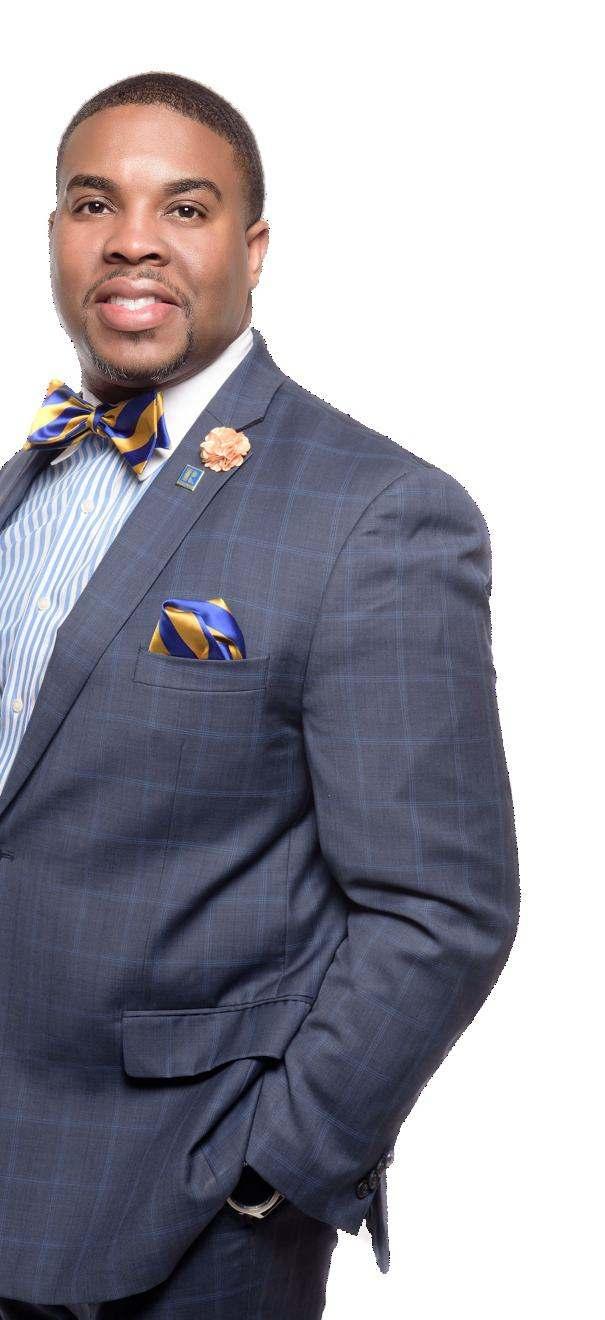
Notably, Michael is also a subject matter expert (SME) in the Section 8 Program. This has stemmed from his rich experience of two decades within the real estate industry's public, private, and nonpro�it sectors. His academic rigor and diligence have also earned him the honor of being labeled as one of the Top 100 People in Real Estate for 2022 and receiving the 2021 Doctor of Public Administration (DPA) Student of the Year award.
It's his deep knowledge, as well as his multifaceted roles as a practitioner, consultant, researcher, and REALTOR®, that gives him priceless insights that few others have. As a landlord, he understands what it's like from the other side so that his clients get realistic real estate investment strategies.
When not playing the role of a Senior
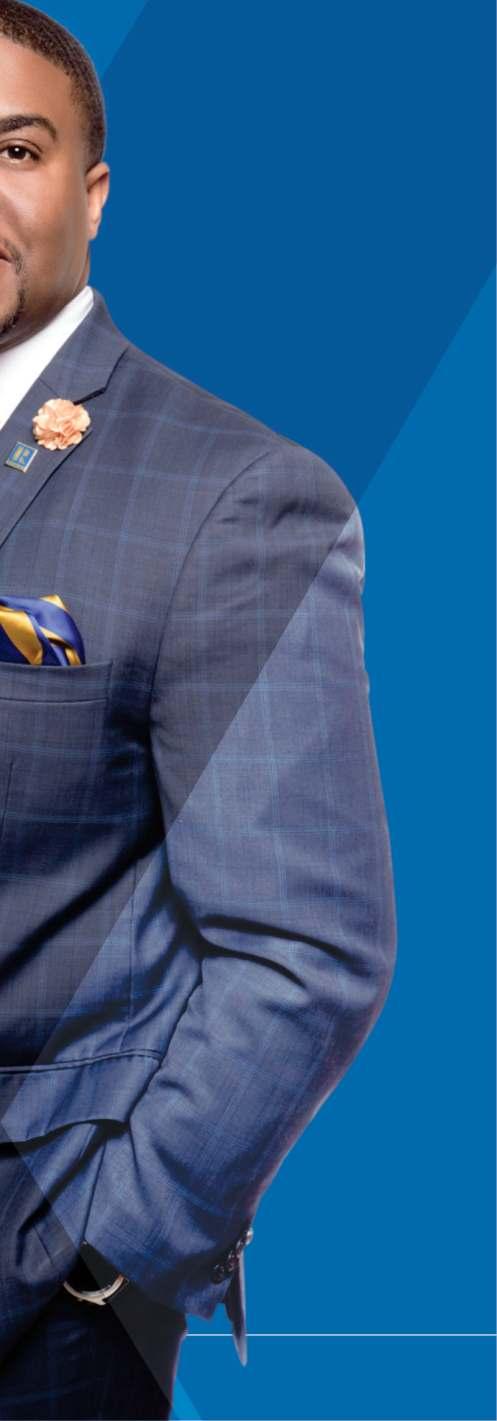
VP & COO or REALTOR®, Michael explores his other passion— his expanding love for teaching and coaching landlords as The Section 8 Landlord Coach™. He teaches them practical ways to maximize their pro�its and create sustainable cash �lows. “This gives me an extra edge when it comes to educating and coaching my clients on how to invest in real estate investment properties to increase their passive income,” he adds.
Another part of the job he truly loves is providing consulting services for PHAs on how to “Attract, Recruit, and Retain Landlord participation in the Section 8 Program.” He also helps them increase their digital footprint, update their housing software, rebrand their agency, and take their social media platforms to the next level.
“The results of providing consulting and technical assistance for PHAs, including helping them streamline their Section 8 Program operations, have increased landlord satisfaction and engagement. Further, this has improved communication and enhanced customer service that has cultivated better public-private relationships with landlords,” he says.
Although Michael's interdisciplinary education prepared him in many ways to take on new and greater challenges, if given a chance to change his past, his entire education journey would be rooted in public administration — right from his undergraduate degree to his doctorate.
“I would also have obtained my real estate license and invested in leadership development earlier in life if I could do things again. Finally, I would have started my consulting �irm years ago to address the phenomenon of landlords leaving the Section 8 Program,” he shares.
Traditionally, the real estate industry has been slower at adapting to new technology than other industries. Furthermore, PHAs have even been slower. Invariably, the changing Section 8 voucher funding climate compels PHAs to be more cost-effective and to use modern-day housing software for ef�iciency.

However, there's a massive hiccup.
PHAs are reluctant to invest in the latest technologies. This apprehensive attitude, combined with not having modern-day housing software, is challenging. Maintaining a responsive landlord relationship is daunting, and keeping landlords engaged and satis�ied is nearly impossible without investing in technology.
“During the summer of 2020, during the COVID-19 pandemic, while writing my dissertation, I was dealing with delayed payment challenges and other pain points as a Section 8 landlord myself. That's when I noticed that my Section 8 landlord clientele were either threatening to or taking their units off the program. I had an epiphany and decided to focus my research on landlord opinions on how to make the Section 8 program better. A year later, in 2021, I started transforming my dissertation into a book,” he says.
As a result, Michael's book, The Price of Bureaucracy: Removing Section 8 Landlord Pain Points through the Investment in Technology, is the real estate industry's game-changer for the Section 8 Program.
The Section 8 Program has grown to be the largest rental housing program in American history over the last 48 years. However, the Section 8 Program has continued to look good on paper for the past 48 years but has yet to live up to its public-private partnership design and potential. The Section 8 program is a public-private partnership between a landlord, a Section 8 voucher holder, and a PHA.
Unfortunately, this public-private partnership appears to be a two-sided partnership instead of a three-way as the Section 8 program was designed in 1974. When this three-way partnership works well, all parties win; however, when one or more of the partners are unsatis�ied, all parties lose. More speci�ically, the landlord is the least satis�ied and engaged of the three parties.
Additionally, landlords are hesitant to participate in the Section 8 Program because of past negative experiences and dealing with bureaucratic red tape. They perceive it as institutional bureaucracy, and bureaucratic red tape is their reality. Coincidentally, this is the unintended consequence of the price of bureaucracy which equals pain points for landlords.
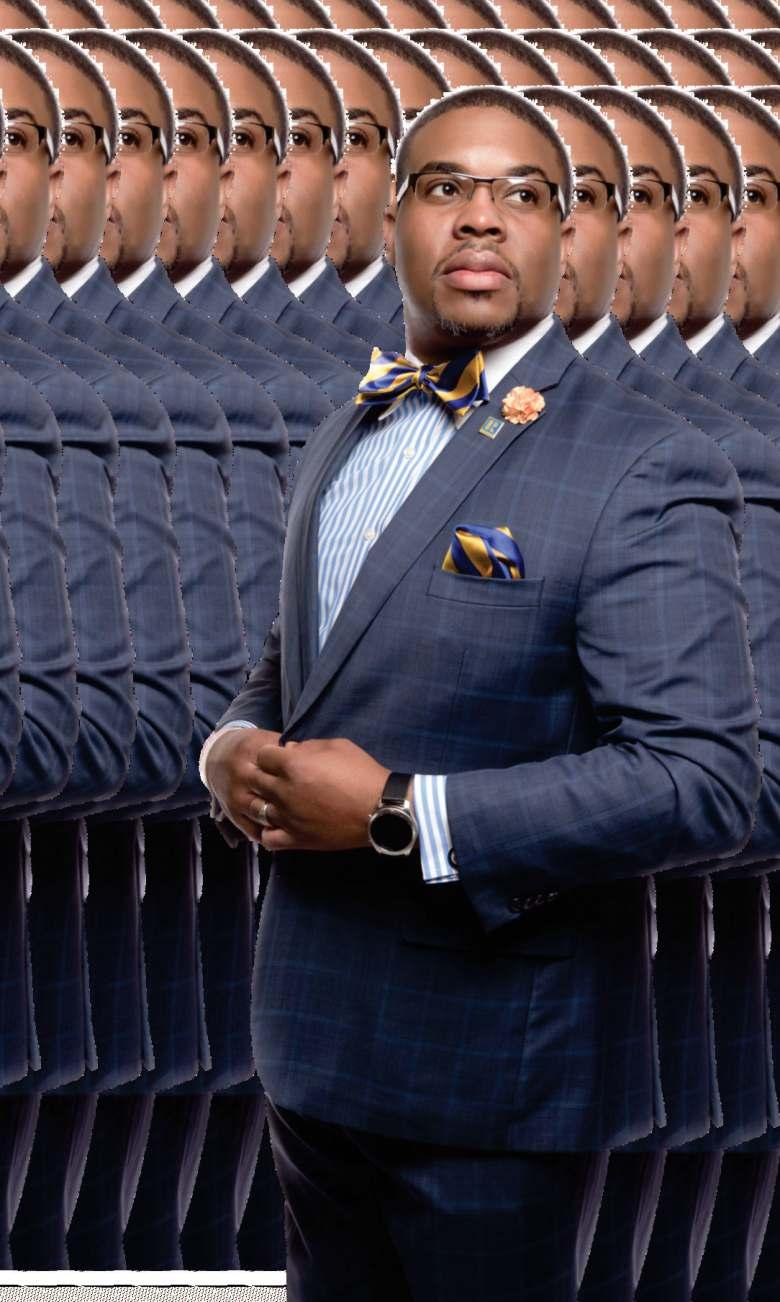
Furthermore, Section 8 voucher holders feel like they have won the 'Golden Ticket' or the 'Powerball Lottery' but do not have anywhere to cash their winning ticket. The future of affordable housing depends on the success of the Section 8 Program, and the future of the Section 8 Program depends on landlords. Landlords are critically relevant to the success of the Section 8 Program because, without landlords, there are no affordable housing units to lease.
“Many landlords feel like they do not have a voice, no support, and no one validates their opinions. I decided to do the opposite and validate the landlords' opinions. I have always known that the Section 8 Program's red tape was a problem that frustrated and turned landlords completely off. I felt my responsibility was to be the 'superhero' who stood up for landlords and helped solve this affordable housing problem by bridging the gap between landlords and PHAs,” he says.
Michael's objective was to create a solution-focused book based on his research and years of experience as a PHA practitioner and landlord. He aims to solve the problem of landlords and PHAs and ultimately remove the red tape from the Section 8 Program.
It is said that Dr. Michael C. Threatt is one of the best and brightest to hit the scene in recent years. Dr. Threatt's proven track record re�lects the successful and innovative administration of affordable housing programs. This has gained him much recognition and respect across several industries and academia.
Michael plans to continue working as DH's Senior Vice President & COO. " I will continue to work closely with HUD's Of�ice of Policy, Development & Research (PD&R) to monitor and provide statistical analysis of the MTW Landlord Incentives cohort activities. I understand the importance of thinking outside the box, focusing on best practices, providing creative housing solutions, and designing innovative policies that can be replicated throughout the country,” he says.
As the Principal & CEO of Elevate Housing Solutions, LLC, he will continue to coach and consult services to landlords, real estate investors, property management companies, and PHAs.

Furthermore, he wants to voice the concerns of all Section 8 Program stakeholders, �ind answers, and add value to the affordable housing community and real estate industry through his Roof Talks Podcast, LLC. “I
also plan to continue performing TED-style presentations for real estate associations and investor groups, PHA conferences, affordable housing advocates, elected of�icials, colleges, and universities,” he says.

But that's not all. He also plans to host in-person live training events and offer online training for landlords, PHAs, and real estate investors through the 'My Landlord Liaison, LLC training platform.’
As a published author and nextgeneration transformational leader driven to create economic opportunities within the community through affordable housing programs, neighborhood revitalization, and real estate development. On a personal note, Michael wishes to continue increasing his cash �low by investing in short sales, foreclosures, real-estate owned (REO), value-add, tax lien, and turnkey investment properties. “I have already started to work on my second book on Section 8 landlord real estate investment strategies,” he shares excitedly.
As for family, he looks forward to enjoying life with his wife, Dr. Jennifer Mozee Threatt, his three high school daughters, and two poodles. “We plan to travel more to see the world's wonders, balance work and life, and enjoy quality family time with some R & R,” he concludes.
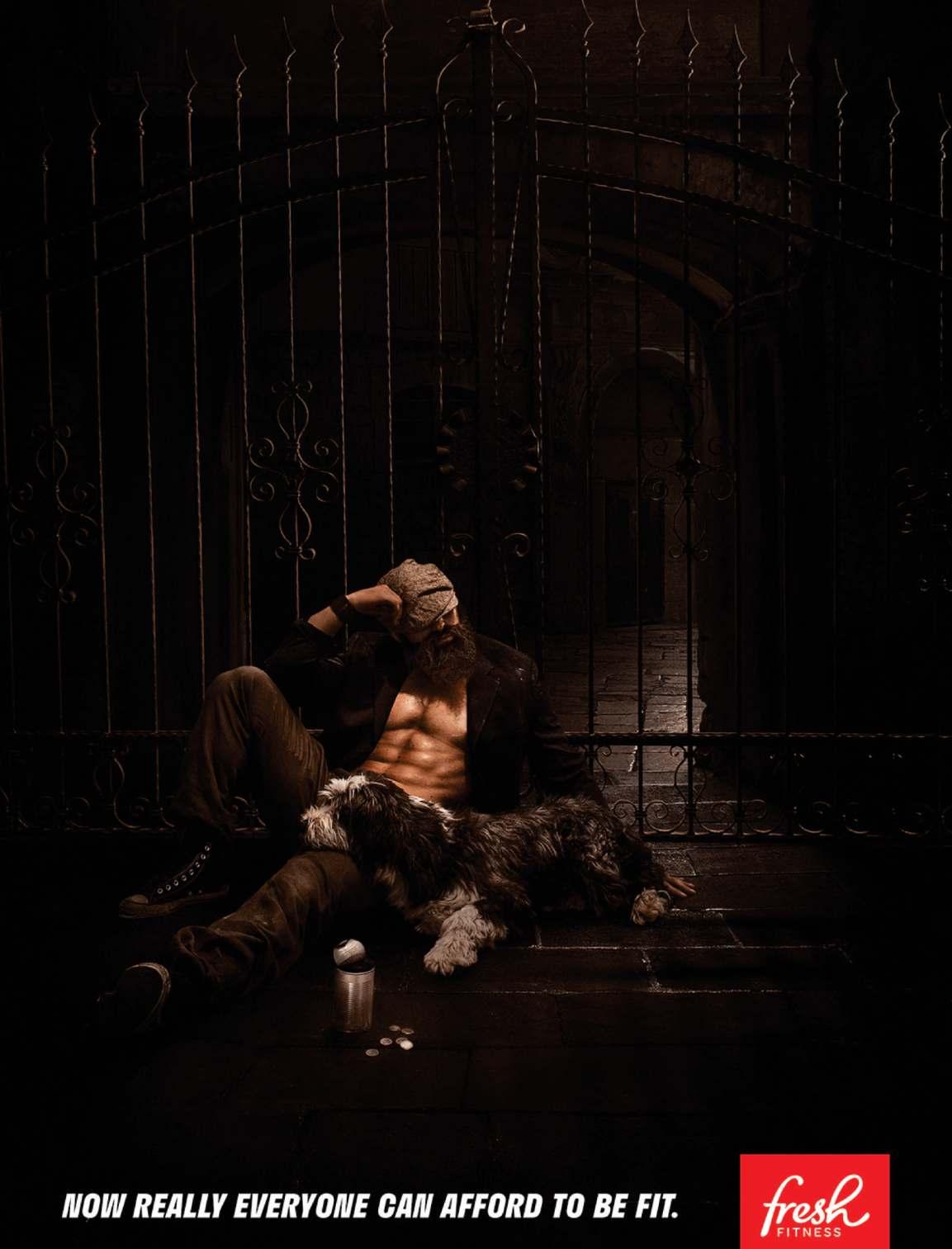


Exeleon Magazine features some of the leading players in business and shares their journey of excellence to inspire aspiring leaders across the globe.
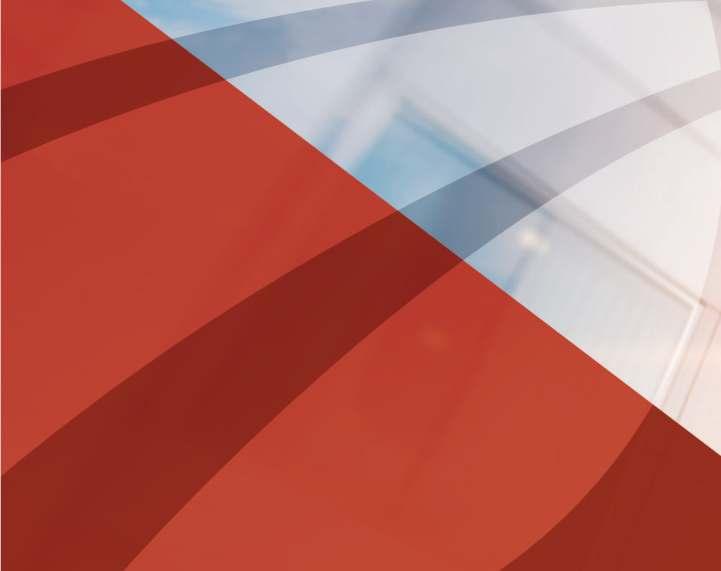




What according to you makes one a powerful woman? How do you integrate the same thought into your leadership?
A powerful woman is one who stays true to who she is. She respects herself. She's unafraid to share her ideas, her thoughts, her wisdom—even if the audience is a tough one—because she has strong convictions about how to reach goals and measure success.

I believe a powerful woman not only stands up for herself, she also advocates for others. She knows people matter.
She also knows that she intends to keep learning. A powerful woman is unafraid of constructive criticism because she wants to improve because her personal growth bene�its her and the people surrounding her
As a business leader, I strive to practice this. I
stay true to myself. I remember my convictions.
Most of all, I value communication. The �loor is open for dialogue with my staff, partners, and clients. Robust communication welcomes fresh perspectives. Everyone can be heard.
I also believe communication makes everyone more productive because it presents opportunities to grow, problem-solve, and build business relationships.
Talk to us about your growing up years. What is your earliest memory as an entrepreneur that you remember?
Since childhood, I've always envisioned myself doing great things. It was my life perspective. But a family friend planted the seed of success deep within me. I credit her for giving me the drive to push forward. She observed my intellect, my study habits, my demeanor, and
 PHOTO CREDIT
Photographer: Kamile Kuntz
Hair: Kyle Bullock
PHOTO CREDIT
Photographer: Kamile Kuntz
Hair: Kyle Bullock
even how I engaged with others and spoke success over me.
It was the �irst time someone had believed in me. I accepted that success mantle. From then on, I became a self-driven, hard-working, nothing-can-standing-in-my-way type of woman.
What prompted your interest and subsequently your foray into the concierge services industry?

The vision started when I couldn't achieve a partnership with several Jet & Yacht brokers for my clients' travel needs. I wanted to merge travel services for C-suite management while planning their corporate events and meetings.
They refused to form a cohesive partnership that would have bene�ited them and my company. Instead, their focus was on their pro�it and not mine.
It was a rejection, but their lack of vision didn't stop me. My response was to come up with services that eventually shaped the Opulent
Lifestyle concept, which fused the event and travel industry. From there, we expanded into a concierge club that offered corporate memberships.
What was the idea that led to the start of Opulent Lifestyle? How does the brand stand out from the crowd?

As I mentioned, I identi�ied a need between two industries and built a niche solution. There are a very limited number of companies that provide this combination of event and travel services the way we do.
Many companies have attempted this similar approach but failed because they realized how timeconsuming event management processes are.
We had an advantage in this space. Opulent Lifestyle already had access to the needed infrastructure and resources from its sister company, Opulent Events by Grace Mice-Incentive-Conference-Events (MICE) operation. In other words,
we simply focus on corporate event needs.
What does a day in the life of Gracie Jones look like? How do you ensure work-life balance?
It's a constant hustle! Opulent Lifestyle is not the only business I run. COVID-19 hit several of my businesses very hard. I had to let go most of my staff and assume additional responsibilities.
To be honest, trying to set up time to spend with family and friends has been challenging for me. However, I've attempted to allow myself some time to focus on selfcare and spending more time with my husband. I'm also taking the time to enjoy activities I enjoy, such as indoor skydiving, walking, exercising, pickle ball, and golf lessons.
Being an African American women entrepreneur, what has been the biggest challenges for you in your journey?
Let's be honest.
White men have the �inancial backing and access to connections that I don't have. The old saying, “it's not what you know, it's who you know” seems to be very true.
Breaking down old-boys-club barriers is challenging to this day. Every person I've ever spoken to loved my business model and concept, but they never took the next step to work with me.
I was determined to keep moving forward by any means. I pumped up my networking, I rebranded, I conducted marketing campaigns, and I established relationships with contacts and partners. But the journey is ongoing.
Looking back at your journey, what would you have done different when starting out?

I would go back two years to the start of my vision and change the marketing approach. Rather than giving it its own identity and marketing needs, I held off and made it an extension of its sister company, Opulent Events by Gracie.
I eventually realized it was imperative that Opulent Lifestyle needed its own brand, look, feel, and voice rather than being an extension of something else.
Finally, what does the future look like for you and Opulent Lifestyle? What are you most excited about, both professionally and personally?
Well, I want to see Opulent Lifestyle become the talk of the industry. Because of the trials and tribulations, the company experienced, my objective is for the company's �inancial gains to exceed my expectations so that we can offer even more.

Our goal always is to put our members �irst! We have programs lined up that will allow us to do this annually. For example, our Founding Members program includes annual trips and galas hosted by us. The �inancial gain we achieve will allow us to bring that to reality.
I want our members to feel great about their choice of joining our
club. I want them to feel valued and appreciated about how they've helped us achieve our success. I'm excited about watching the membership grow and see how members will praise our brand.
We have wonderful plans for a new headquarters and bringing on talent that will become thought leaders in the industry. We forecast offering employee programs that will provide work-life balance, wellness, and professional development.
Personally, I get to see what I've built grow from birth to maturity, making all the challenges, struggles, and hard work well worth it. I see myself taking on speaking engagements to help other women and youth achieve their goals and dreams. Finally, I see myself spending more quality time with family, my husband, and making self-care a priority.
www.opulent-lifestyle.com
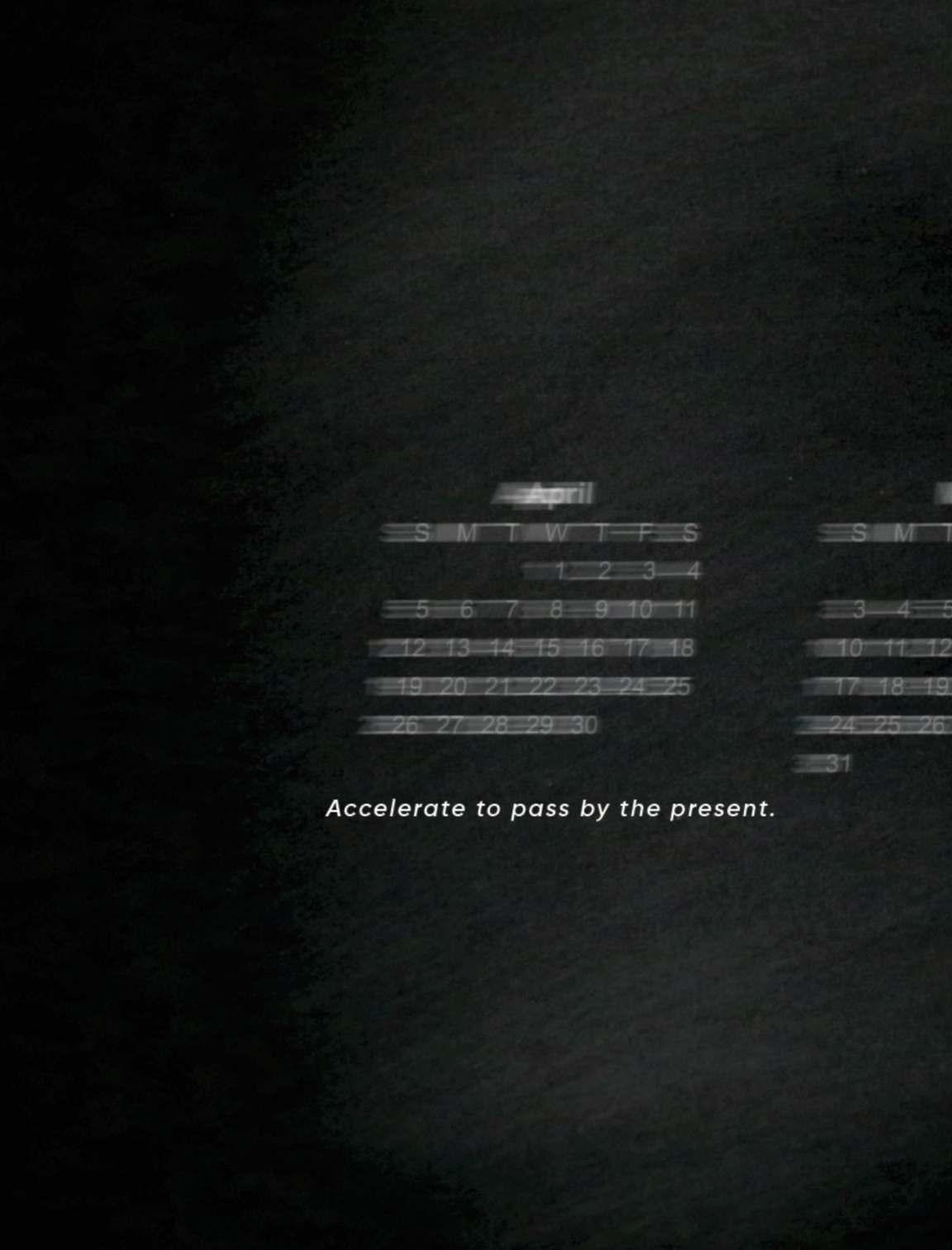
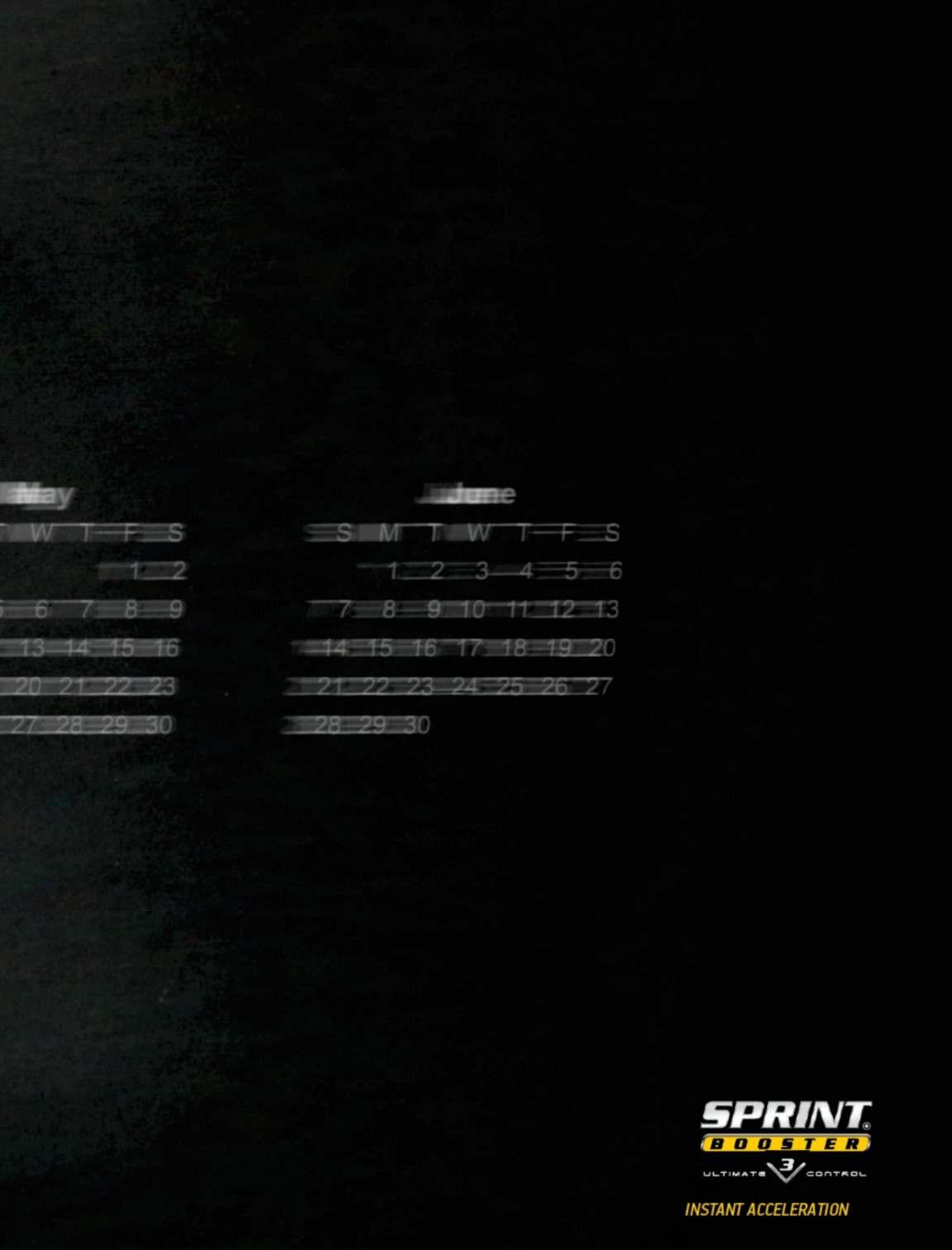
What according to you makes one an innovative leader? How do you integrate the same thought into your leadership?
Innovative leaders are not afraid to challenge the status quo and break new ground. They also have profound humility, which allows them to empathize with others and understand their needs. This combination of qualities enables innovative leaders to motivate teams and create lasting change.
In my own leadership, I strive to create an environment where people feel comfortable taking risks and thinking outside the box. I also work hard to cultivate humility to continue learning from those around me. By creating a space for innovation, I encourage others to push boundaries and �ind new ways of doing things. Ultimately, it is this spirit of innovation that will help us achieve our goals and make a positive impact on the world.
What was the idea behind Cullen Jewellery.? What was the pain point that you wanted to address?
The idea behind Cullen Jewellery came when I was looking for engagement rings for my �iancé in 2018 but did not �ind any reputable companies that offered premium lab-grown gemstones. I wanted either a moissanite or lab-grown diamond

ring as I sought to avoid mined diamonds, given their catastrophic social costs. The process of mining for diamonds generally requires a lot of water and electricity, which can put a strain on local resources. In addition, the mines themselves can produce large amounts of waste and pollution and cause the displacement of communities and natural habitats. Furthermore, the workers who mine for diamonds often do so in dangerous conditions and are paid a pitiful amount.
Knowing all this, I was determined to get engaged with a ring that embodied my values. The companies that did offer lab-grown gemstones were either unaffordable, sold mined diamonds as well in a sign of their opportunism, or greenwashed their product range with unsubstantiated claims. I decided I wanted to do things differently, and I have been
rewarded by a loyal customer base that appreciates Cullen Jewellery's product range and values. Beyond using only lab-grown gemstones and our social initiative angles, Cullen Jewellery also has a commitment to reducing waste by using recycled precious metals and not mass-producing jewellery.
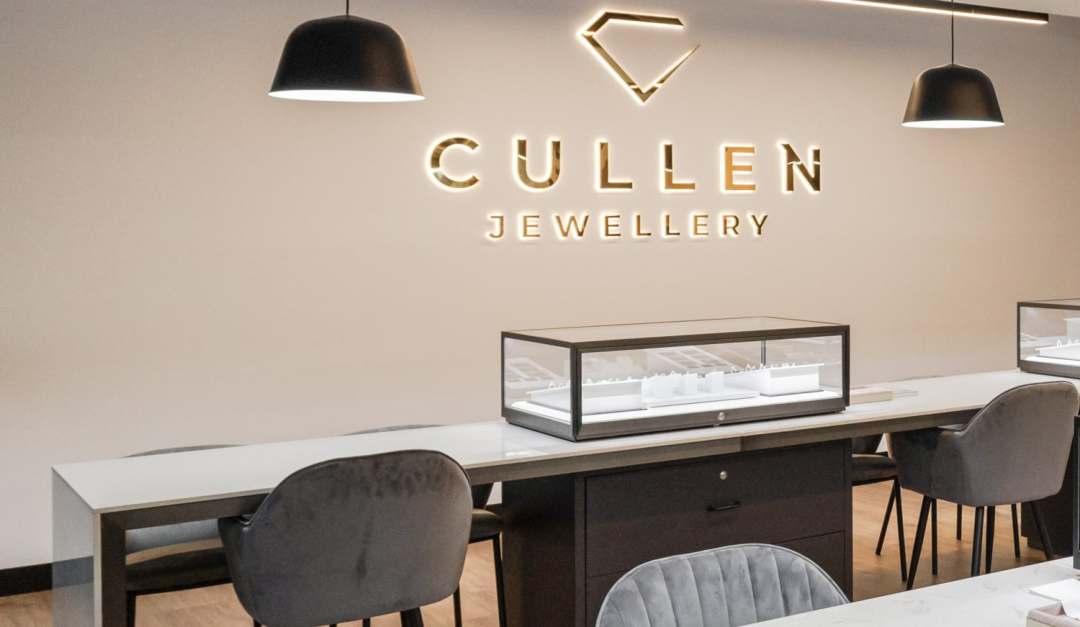
How does the brand stand out? What measures are taken to ensure optimal quality in your jewelry products?
Our brand stands out because of our commitment to technology, ethics, and quality. Cullen Jewellery is digital-�irst, so while we have a showroom, we underscore digital channels and social media. In fact, our new state-of-the-art website was just launched to popular acclaim. Additionally, every piece of �ine jewellery on our website is handcrafted by our skilled artisans
using only the �inest eco-friendly materials. We take great care to ensure that each piece meets our high standards for craftsmanship and design. We likewise offer a lifetime warranty on our �ine jewellery products, so our customers can be con�ident that their purchase will last a lifetime.
Furthermore, our quality commitment is increasingly important as an abundance of inexperienced jewellery companies are attempting to enter the market — at the expense of the standards and quality the customers should be able to expect. They insist on cutting corners, unlike us, as we genuinely care about our customers and upholding a positive legacy.
For example, when it comes to moissanite, we only use branded stones and reputable suppliers because there is signi�icant
variance and no centralized authority to uphold the standards in the industry. We also emphasize research and development, which means we constantly test our gold alloys to ensure the best durability and longevity. Put this in contrast to many of our competitors, who might instead focus on diminishing the ring's thickness over time — no optical difference, but a serious one on longevity.
As the Founder, what role do you play in the day-to-day proceedings of the company?
As the Founder of my company, I play an important role in its day-today proceedings. I am responsible for providing supportive leadership and strategic direction, so the company remains on track to achieve its goals. In addition, I am responsible for maintaining a close relationship with our clients and

partners and ensuring that they are satis�ied with our products and services. Additionally, I work closely with our team of experts to ensure that our products are of the highest quality and meet the needs of our customers. By playing an active role in my company's day-today operations, I can provide the supportive leadership and strategic direction that are essential for its success.
Looking at your journey, what would you have done differently if you were to start again?
With hindsight, I would have hired quali�ied people to help me with the business sooner. Unfortunately, I made the misstep of thinking I could do everything myself, so I left a lot of growth and company improvement on the table. With help from quali�ied team members, I would have avoided some of the
oversights I had in the early days of the business. In addition, I would have been able to focus on more critical tasks, such as marketing and product development. As it stands, I am proud of what I have achieved, but if I were to start again with the sweet bene�it of hindsight, I would make sure to build a strong team from the outset.
What would be your advice for young and emerging entrepreneurs trying to build a successful startup?
When it comes to building a successful startup, focus is key. Trying to tackle too many problems at a time will only lead to scattered resources and a lack of progress. Instead, identify one speci�ic area you want to focus on and put all your efforts into that, allowing you to differentiate yourself against larger and more experienced
competitors. Then, once you have made signi�icant headway in one area, you can start branching into other areas. Another piece of advice for young entrepreneurs is to always be learning. The business world is constantly changing, so it's important to always be on the lookout for new opportunities and ways to improve your business.
Finally, what does the future look like for Cullen Jewellery? On a personal front, where do you see yourself standing in the coming years?
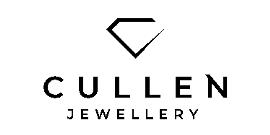
The future looks very bright for Cullen Jewellery. In the coming years, we plan to continue operating sustainably while also achieving steady linear growth. We are constantly working to improve the customer experience, and we are con�ident that our products will be popular with couples looking for ethical and premium moissanite and labgrown diamond engagement rings.
On a personal front, I see myself leading the company and helping it grow in a sustainable and responsible manner. I will not necessarily make all the decisions but just ensure that the best decisions are being made for the customer. I see myself continuing to surround myself with the right people and reinforcing that our goals are beyond �inancial. In that regard, we intend to continue supporting local and international charities and communities that are dear to our hearts. Our ultimate aim is to make a positive impact on the world, one gemstone at a time.

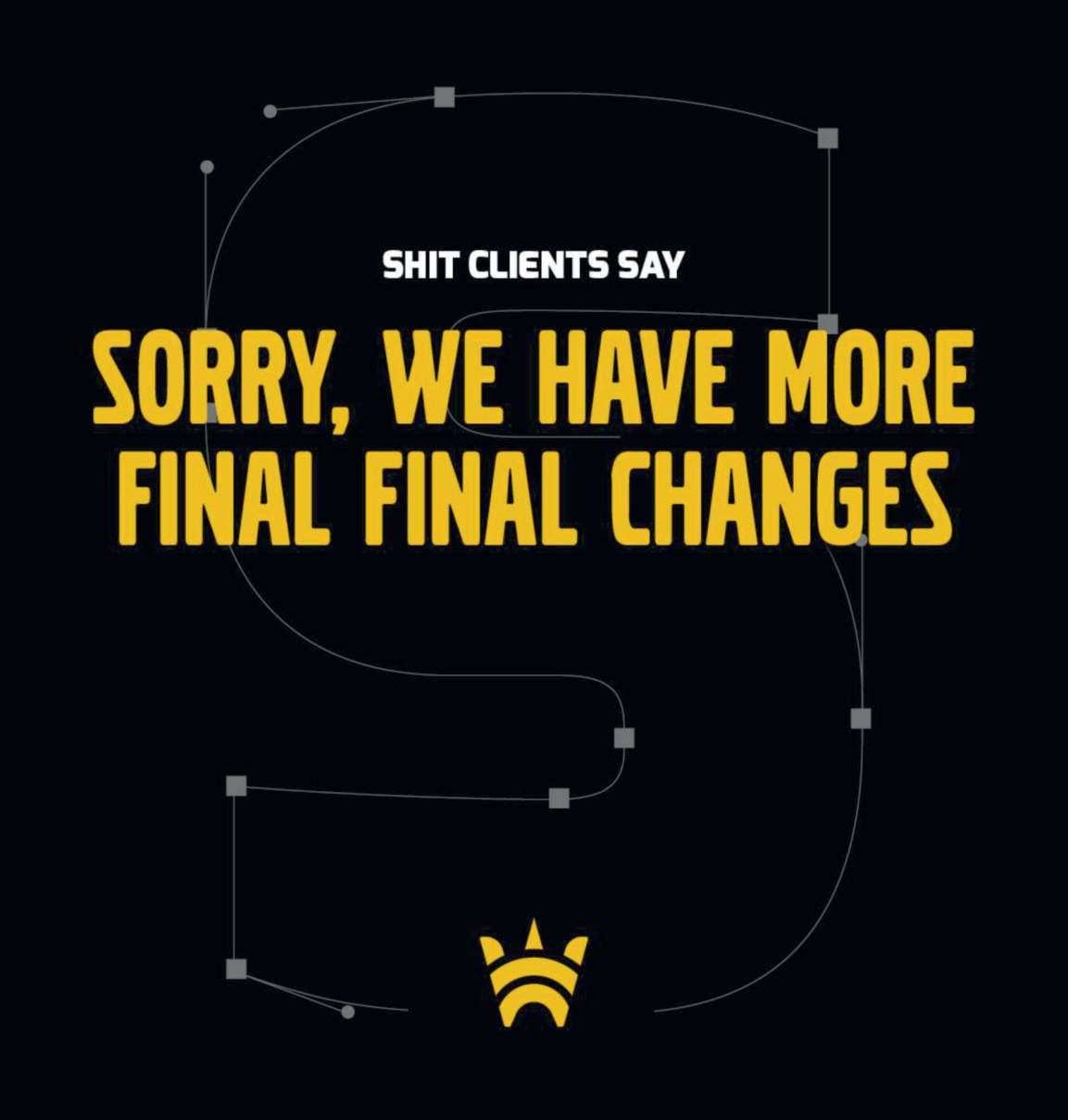


As a leader, it can be easy to think that the best
approach to leading your team is by being strong, insistent and showing that you always have certainty. While these qualities are helpful for the people that you lead, the reality might look a little different.
When we think of leaders, we usually imagine someone who has con�idence in every decision they make, has unwavering certainty and is willing to push through every dif�iculty and challenge that arises.
We also imagine them having no personal issues, nothing setting them back and that they never lose heart in the depths of challenge. Think of the polished character Harvey Specter from the drama series Suits.
That type of leadership may have worked in the past, culturally we're on the doorstep of a lot of business and leadership changes. One of those changes is moving from having a hard style of leadership to a new kind of human leadership.
Today more than ever, honesty and transparency are valued in the workplace. Especially when in the throws of dif�iculty and adversity.
As a leader, you might think to yourself that you need to hide all of the dif�iculties and challenges you're facing in the business as a way to protect your team from knowing everything that is challenging. But what if keeping them in


the dark about what you're wrestling with is actually setting them up for confusion?
Think about how many times you've been left to make assumptions about someone or a situation because you didn't have enough information. That's when your imagination kicks in and colours the image with all kinds of wild imaginations and personal issues being projected onto the matter.
The issue with not showing your vulnerable and honest side is that you leave your team to make assumptions, leaving them guessing and colouring the situation with their own brushes of personal stories.
It's important to be yourself instead of trying to be someone that you're not. We all inherently have an honesty radar that goes off whenever someone is not telling us the truth. Those alarms go crazy when our leaders are trying to spin a story or sugarcoat a dif�icult issue.
What your team want from you is honesty and transparency. They want to see a human being lead them. This makes you more relatable and easier to connect with. For example, in the Marvel �ilm, Iron Man 3, Tony Stark experienced deep fears and panic attacks, which showed a vulnerable side to this �lawless superhero. It made his character much more relatable to audiences because it demonstrated a human side that we all share.
It's common for leaders to have moments of doubt, confusion, and worry. It's equally common for leaders to hide these feelings from their teams.
When I encourage my clients to lead with this vulnerability, their team step up to the plate and tackle the challenges alongside their leader.
In one particular case, I was working with one of my clients who is the CEO of a growing business. He was facing several challenges in his personal life, and it was affecting how he was showing up in the business and how he was leading his executive team. After working through the underlying issues he was wrestling with, I suggested that he share it with his team so they could get a clearer picture of why he wasn't delivering his best.
They immediately responded with empathy, understanding and most importantly, respect. What followed was inspiring. The team stepped up and took on extra work with more enthusiasm while my client sorted through his personal life. His personal challenges brought the team together and formed a closer bond. Their productivity had grown and so had the inspiration in the company. This resulted in them having the biggest month in sales in the following month.
What does leading with vulnerability look like in actuality?
When you're experiencing concerns and worries about a project it's
valuable to express these worries to your team. Share your concerns and your thoughts with them. Communicate that you don't want to burden them with the worry but that you're sharing these concerns with them to see if they have any ideas or solutions to the problem.
Doing this does two things:
1.You'll earn their respect. While you might feel that being vulnerable will lose their respect, the reality is that they'll appreciate your honesty and transparency so much that they'll only respect you more.
2.It gives them a sense of inclusion. People want to feel valuable and useful. By sharing your concerns and worries with the people you're working with, they'll feel included and trusted by you. This will inspire them to help you solve the problem together.
We're living in a day in age when people appreciate and respect vulnerability and the human side of work. Too often we get caught in the trap of doing things the old way because it was the old way of doing things but in reality, being a vulnerable human, experiencing your fears and communicating them only shows how much true strength you have.
Leadership is not about pretending that you're superhuman. Authentic leadership is about being a human being. Nothing earns respect from others more than that.
Giorgio Genaus is a highly committed coach with a great deal of experience and expertise as a teacher, author, coach to leaders, and writer. His unique perspective on career and life, in general, has allowed him to help people �ind meaning and ful�ilment through mindset-mastery. With a distinct voice, he is able to engage and create high-calibre quality content that entices readers with insightful and research-backed techniques from a variety of powerful approaches.
With over a decade of experience in the �ield, he gained authority on the topics of mindset, coaching, and business development. Over the course of the year, he was able to successfully publish bestselling mindset books. One of his latest books is “How To Do Life: A Guide to Navigating Life's Challenges and Understanding the World Around you".
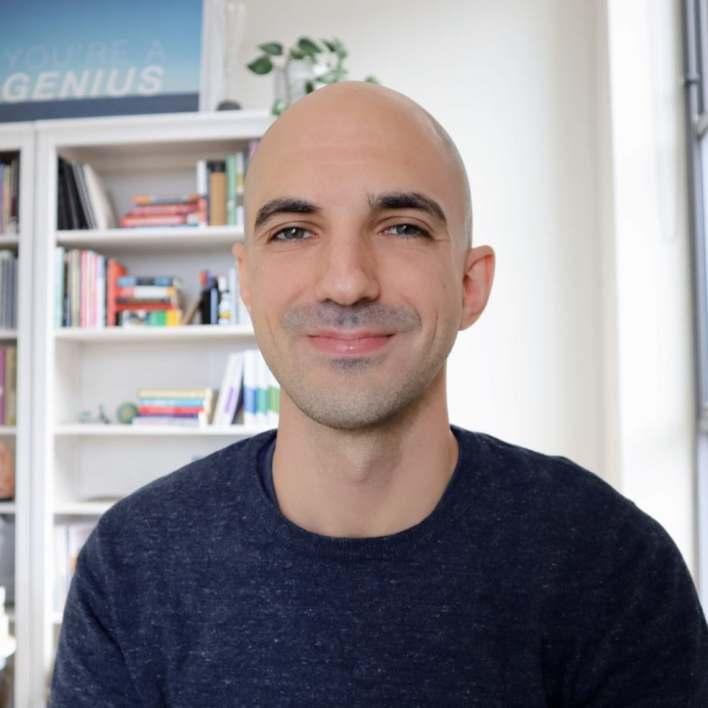
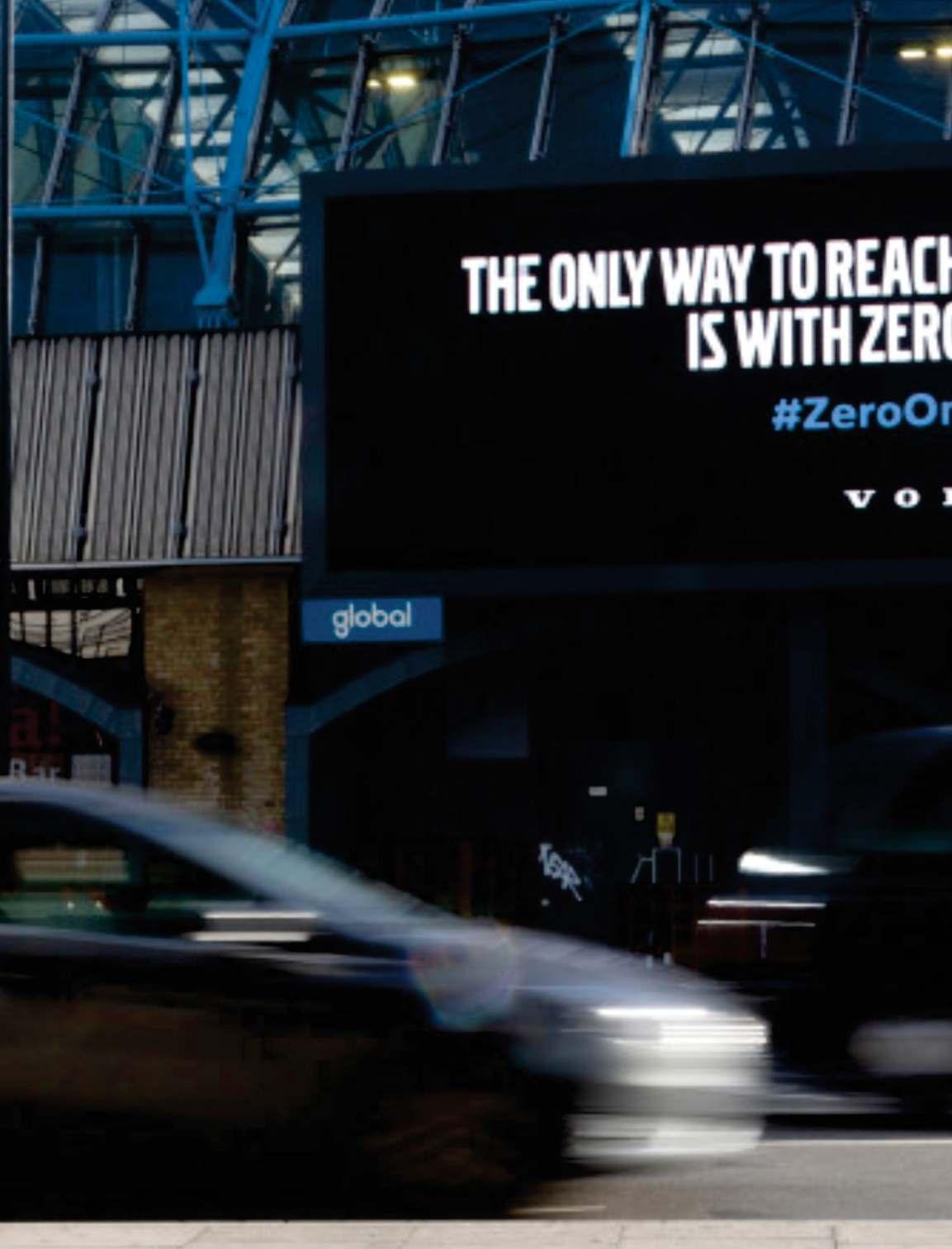

The PR industry has gone through
considerable changes in recent years. PR is no longer limited to publishing press releases or articles and keeping track of media.
Today, PR agencies work with established and emerging brands to deliver integrated marketing and communication strategies. However, cutthroat competition and �ight for relevance among brands is drawing the industry out of its core trait –authenticity.

When April White came to this realization, she wanted to bring forth a change in the industry. This change came in the form of “trust relations.”
The term coined by herself, April explains “Trust Relations is the art of
conveying a brand's authentic actions, value, and goodwill, and illustrating them through great storytelling and creative brand activations that demonstrate how the brand serves its target audiences.”
In this Interview, Founder and President of Trust Relations Agency, April White talks about the PR industry, her own journey, and much more.
What according to you makes one a powerful woman? How do you integrate the same thought into your leadership?
I am a powerful woman because I'm an introspective, empathetic, ambitious person who wants to make the world a better place by being a servant of mankind. I am �iercely committed to making a difference and creating a
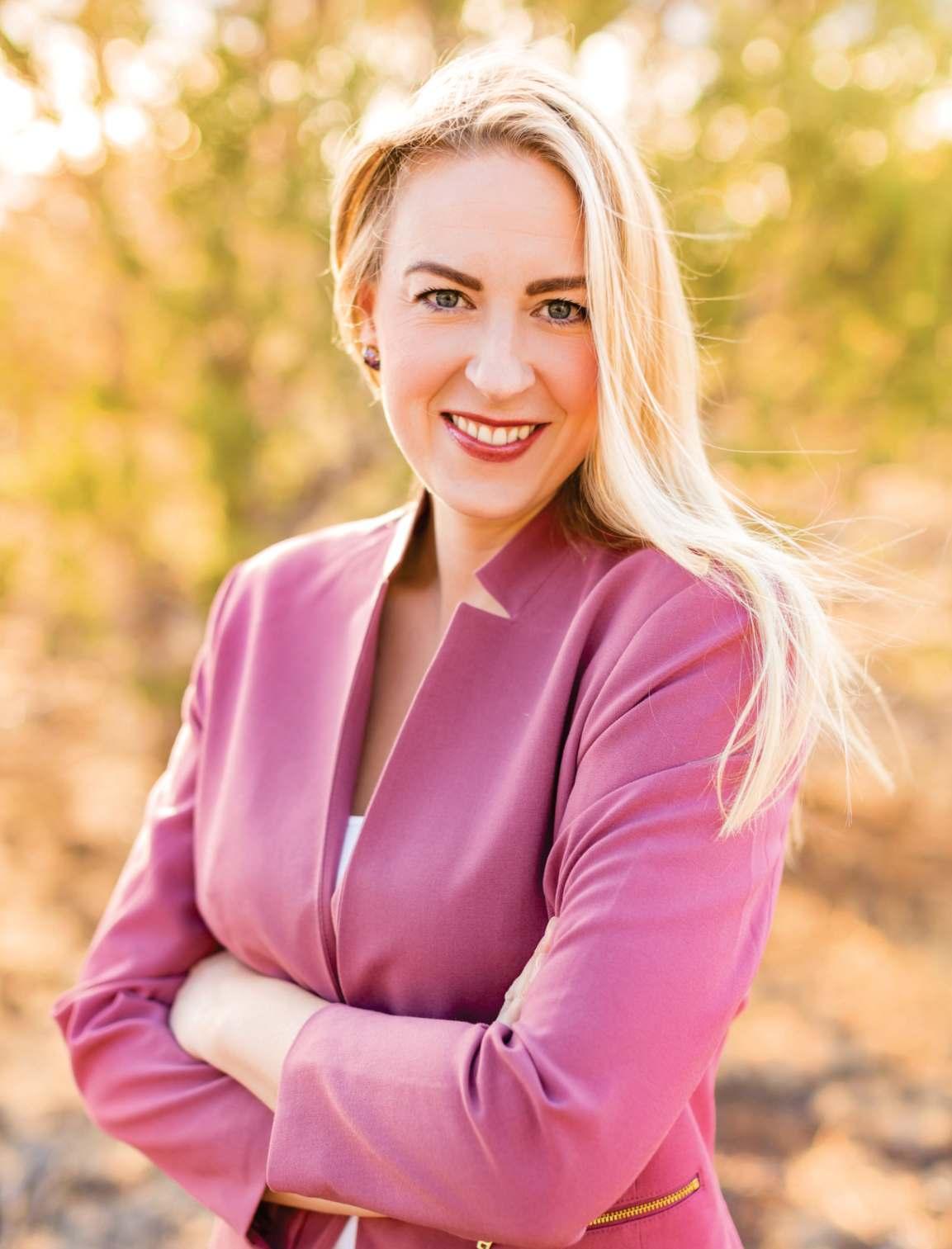
company culture that I always wish had existed before founding my own agency. My agency is equally devoted to making a difference for both employees and clients. We are continuously improving to maximize results and retention.
Talk to us about your growing up years. What is your earliest memory as a leader/entrepreneur that you remember?
I never thought of myself as a leader but, looking back, I can see that I was always the one in high school who led group projects (and sometimes, I even did them alone). I have always felt a responsibility to make the world a better place, and frequently carried my own opinions and ideas about how other agencies and agency leaders could improve. Eventually, rather than complaining about what they did wrong, I viewed these pain points as an opportunity to build a better agency model that addressed the issues I saw.
What prompted your interest and subsequently your foray into the public relations space?
I initially wanted to be a writer. I always loved stringing together words to create ideas, feelings, concepts, images, and emotions for as long as I can remember.
I started my career as a journalist –which my parents convinced me was the most reliable career path for a writer – but I quickly realized that it was not the right path for me. After a few years as a newspaper reporter, I switched to PR and found my true calling.
What are the biggest challenges in PR in the current marketing landscape? How are you tackling the same?
The biggest challenge in PR today is that the lines between earned and paid media are getting blurrier with every passing year.

As a result, one year ago, Trust Relations introduced marketing services to its offering, delivering a 360-degree, integrated solution. At the onset of every campaign, we conduct a proprietary Trust Analysis so that we can better align clients' storytelling with story doing.
What was the idea behind Trust Relations? Talk to us about the signi�icance of its name.
I �irst entered the �ield of journalism and mass communications in college because I was interested in sharing information, I believed people needed to hear – but I realized over time that PR had many roots in the art of persuasion and wasn't always based in authenticity or reality.
I began to think that the entire premise of PR needed a paradigm shift, since trying to convince someone you are something, which you aren't is a fool's errand at best or manipulation at worst. This is true whether you're an individual
or brand. You must do what you say before you can say what you do.
This realization inspired me to coin the term "trust relations." In technology, trust relationships are an administration and communication link between two domains. In communications, I believe they are a bond of mutual respect between a brand and the people it serves.
In other words, trust relations is the art of conveying a brand's authentic actions, value, and goodwill, and illustrating them through great storytelling and creative brand activations that demonstrate how the brand serves its target audiences.
As the Founder, what role do you play in the day-to-day proceedings of the company?
Beyond honing the vision for the company, I'm heavily involved in the agency's business development and marketing. I spend most of my time speaking with prospective clients and reviewing new business proposals. I also participate in podcasts, media interviews, and speaking panels, in addition to writing contributed content on business and PR insights. I also continue to oversee all of the other company operations, �inances, client relationships, and staf�ing needs.
Looking back at your journey,
what would you have done different when starting out?
I would have taken more time to �ind a �inance expert I could trust to help me forecast and budget, to ensure the business decisions I was making wouldn't �inancially stress the company to potential breaking points.
Finally, what would be your advice for women entrepreneurs and leaders in the PR space?

PR is and always will be a services industry, which means that the pro�it margins will always be modest and capped because, as an industry, there is no current way to automate the (wo)man hours
required to do the job well.
This is a client services industry that will always be �illed with challenging personalities, unrealistic expectations, stiff competition, and unfair demands–and the talent pool is also �inite (and increasingly expensive, as a result).
You have to truly love PR and be very savvy to �igure out how to create an agency that is sustainable and pro�itable.


The industrialist Andrew Carnegie once said, "Teamwork is the ability to work together toward a common vision. The ability to direct individual accomplishments toward organizational objectives. It is the fuel that allows common people to attain uncommon results.”
True, perhaps, but not always so. Teams can also lead otherwise productive individuals to wither and burn, to crack, break, and shatter. What distinguishes Carnegie's hopeful team's outcomes from the dreary and painful?
To be sure, teamwork is a complex, multi-faceted phenomenon, and so explanations for team outcomes bely a singular explanation. And yet, in an ever more global world, the diversity of teams – or its lack thereof – is a vital predictor of team success.

Does then diversity improve team performance, or does it harm team performance? Somewhat unfortunately, “yes” seems the best answer. Before exploring the ways in which diversity may both harm and help a team, a brief excursion to consider exactly what is meant by diversity is useful.












UT Austin's David Harrison and colleagues conceptualize diversity at the surface level and at the deep level. Surface level diversity is that diversity which is quickly and readily apparent. This is the diversity of the young and the wizened coming coming together, the accents of different ethnicities, the visible manifestations of gender or race.
By contrast, deep level diversity is rather sneakier – a team may exhibit very little surface level diversity but may over time come to recognize its differences across various psycho-social spectrums. You are an extrovert; I an introvert. His values differ from her values, her behaviors are at odds with his. These deep level differences may be invisible during early interactions, but the longer a team works together, the more familiar each becomes of the others' little peccadillos.

At �irst glance it may appear that surface level differences ought to cause teams the biggest headaches. And indeed, they do. In the absence of signi�icant deep level differences, however, the timeline is brief. Imagine that you and I come together with a kaleidoscope of surface level differences – differences in age, gender, nationality, religion, perhaps even different roles and responsibilities in the organization. The similarity-attraction theory holds that initially, we may not much take to one another.
This theory proposes that we humans tend to prefer that which is similar, and to disdain that which is different (lest we judge our species too harshly, suf�ice it to say that this preference has evolutionary roots, roots which arguably serve us less with each globalizing day).
But then imagine that as it happens, our surface levels differences mask deep level similarities. We both are big St. Louis Cardinals baseball fans; we support the same national politicians; our sense of morality overlaps; and heck, we both love cruise ships despite their icky reputation. Before long, the two of us are getting along splendidly, having long ago intuited that those surface level differences matter little amidst similarities that go
more to our senses of identity.

What really matters, therefore, are those surface level differences. Take the reverse situation. Initially two teammates seem to have much in common at the surface level. Similarity attraction bias acts to magnetically attract the two, and all assume a friendship or at least collegial relationship is fast budding. But as deep level difference after deep level difference rises to the surface, the relationship begins to fray.
The research offers us this, therefore: surface level differences initially disrupt team harmony, but over time matters less and less. By contrast, deep level differences initially matter little, but disrupt team harmony more over time
The takeaway may appear obvious: to avoid deep level differences. Alas, such a takeaway would ignore a vital strand of research. That while deep level differences do indeed tend to harm teams, they also tend to improve team outcomes much more than does surface level diversity.
All of that deep level diversity allows team members to learn from one another, to better explore decision making paradigms, and to exchange a greater quantity and quality of information. In and of itself, for instance, differences in team members' ages or ethnicities offer little; but when those differences in age and ethnicity lead to dramatically juxtaposing life experiences, or when other deep level differences do so, now the team has a rather more diverse set of opinions and ideas to view decisions from all perspectives.
The problem is that deep level differences may prevent the sort of communication needed to leverage such learning opportunities. Similarly, surface level differences may prevent team members from learning enough about one another to recognize that despite their surface level differences, and perhaps despite deep level differences, they also have deep level similarities.
The challenge for teams, therefore, is to avoid the potential con�licts arising from diversity, and to thereby gain access to the goldmine that is a
deeply diverse team. The SimilarityAttraction Bias offers insights as to how, exactly, we can do this.
I spoke to Doug Mattheus, the senior marketing executive at telecommunications company Cell C until 2019, and now an independent consultant and professor at Nelson Mandela University. He explained to me that while working for Firestone Tire in post-Apartheid South Africa, during the heady days surrounding Nelson Mandela's election to President, Firestone provided diversity training to its employees. Mattheus explains that a psychologist divided the group into partners based on surface level differences: this man with that woman, that white South African with that black South African, and so forth.
Then, the trainer asked the partners to converse and aim to discover what characteristics they held in common. While all of the partners engaged in the activity, Mattheus recalls two individuals in particular. These two individuals were over�lowing with surface level differences: one male and one female, one a white and one a black South African, one a senior organizational member and the other a lowlevel worker. But now both were crying.
30-odd years later, Mattheus felt the goosebumps rising as he tells the story. It turned out that the partnered professionals were each the parent of a developmentally disabled child. Did their surface level differences matter in the face of this realization? Of course not. They now shared something, something deep , that far exceeded the import of such surface levels characteristics.
This is the similarity-attraction bias at work for us . Far from allowing the bias to manipulate us into a place of separation, that psychologist working for Cell C leveraged
the bias by helping trainees to identify similarities that would prove more important than differences.
The psychologist Jonathan Haidt, similarly, advised that surface level differences may be “drowned in a sea of similarities.” He was correct, in part. We ought indeed to highlight similarities, though to “drown” our differences may not quite hit the mark. Rather, we ought to highlight similarities, but use the similarity-attraction bias to create the space for embracing differences, too. Only then do we facilitate a working relationship that is based on mutual attraction, while also learning and bene�iting from each other's differences.
While Mattheus' story is powerful, it is admittedly anecdotal. As researchers like to say, it has an n of 1 - a sample size of just one person, hardly suf�icient to generalize at large. Psychologist Jerry Burger tested this proposition, however, and his �indings are perhaps even more provocative.

In the study, research participants complete a psychological survey, which they are made to believe is the focus of the study. The real study, however, came later – as participants were exiting the study, another would-be study participant working undercover for the researchers asked if the participant would be willing to read his 8-page essay, providing one page of feedback within 24 hours. Somewhat surprisingly, 48% agreed.
This represented the control group. A second group of participants were subjected to the same procedure, but during the purported psychological study were told that they shared a Type-E �ingerprint with another research participant. This is not surprising, they were told; approximately 80% of the population has Type-E �ingerprints. Leaving the research study later, lo and behold their �ingerprint twin comes approaching – asking as before whether the participant would review his eight-page paper and return the notes

within 24 hours. This time, 55% agree – a slight increase but not a statistically signi�icant one.
The real breakthrough came in study three. This time, the participant is again told that he shares type-E �ingerprints with the undercover research participant, but now he is told that only 2% of the population has these same prints. Approached to review the essay by the �ingerprint friend, now a full 82% agree to review the essay.
The study suggests that, as Wharton's Adam Grant once put it, we don't simply highlight commonalities. We highlight “uncommon commonalities”. Paired with Mattheus' story from Cell C, we might also seek to highlight important commonalities (which presumably the Type-E �ingerprints were not).
In creating the terms by which team members may communicate and recognize uncommon commonalities, and important ones too, organizations play a key role. The risk is that employees never reach this vital place of communication, and this is most likely to happen when employees are too blinded by their prejudices and stereotypes to recognize the multitude of commonalities that all of us humans inevitably share.
Organizations, therefore, ought to play an active role in facilitating an environment not just of diversity, but of diversity and inclusion . An inclusive environment is one in which cultural and other differences are embraced; in which differences are seen as opportunities for learning, for personal growth, and for achieving excellence. By championing diversity, by ensuring employees recognize the potential value when opting into diverse teams, the foundation is laid for just the sort of breakthroughs seen by Mattheus, and in the Burger study.
Dr. Thomas J. Bussen , with a Doctorate of Busines Administration, JD, and MBA, is an Assistant Teaching Professor at Miami University in Oxford, Ohio, and a cross-cultural management scholar. He is the author of several cross-cultural books, including Shaping the Global Leader (2019).
His latest book, Enlightened Self Interest: Individualism, Community, and the Common Good (coming in 2023, Georgetown University Press), makes the case for a more inclusive and globally minded professional ideology.



